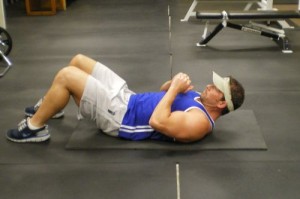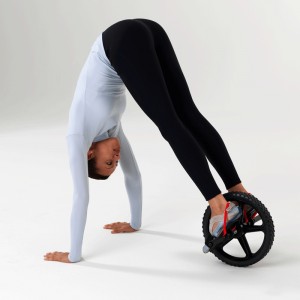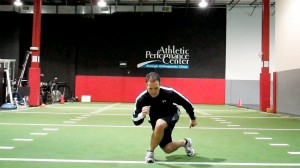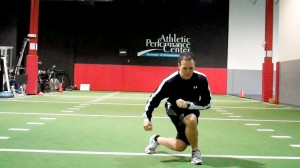In my last post, I shared some practical plyometric drills with you to help teach proper landing mechanics in an effort to reduce ACL injuries. Yesterday, I presented my comprehensive approach to knee training at our ACL Symposium in Cary, NC.

One of the fundamental errors I see coaches and athletes make is abandoning their pre-season training efforts during the in-season. While athletes need to spend the majority of the in-season focusing on sports skills, they must also maintain the neuromuscular training adaptations acquired in the off-season and pre-season.
In my mind, the phrase “use it or lose it” is applicable for the neuromuscular training effects we see with balance, strength, agility and plyometric training. This is especially true for our high risk female athletes like soccer and basketball players who suffer knee sprains, ACL tears and patellofemoral pain at disproportionate rates.
I often hear coaches say, ” I don’t have time to get workouts done and still accomplish what needs to be done at practice.” While, time management may be difficult, I think coaches could probably squeeze in a single training session lasting 15-20 minutes if they simply knew how important it was to the overall health and performance capacity of their team.
With that said, I like to offer simple, yet effective exercises that can be done on a court or field with the whole team simultaneously without the need for expensive equipment. Exercises should focus on activating the glutes (including the medius and minimus) as well as training the hamstrings more since most female athletes tend to be quad dominant.
These exercises are just as effective for males too. So, in the video below I will reveal some exercises I prefer to do to increase strength and reduce injury risk. Perform 2-3 sets of 8-15 reps focusing on strict form throughout.






